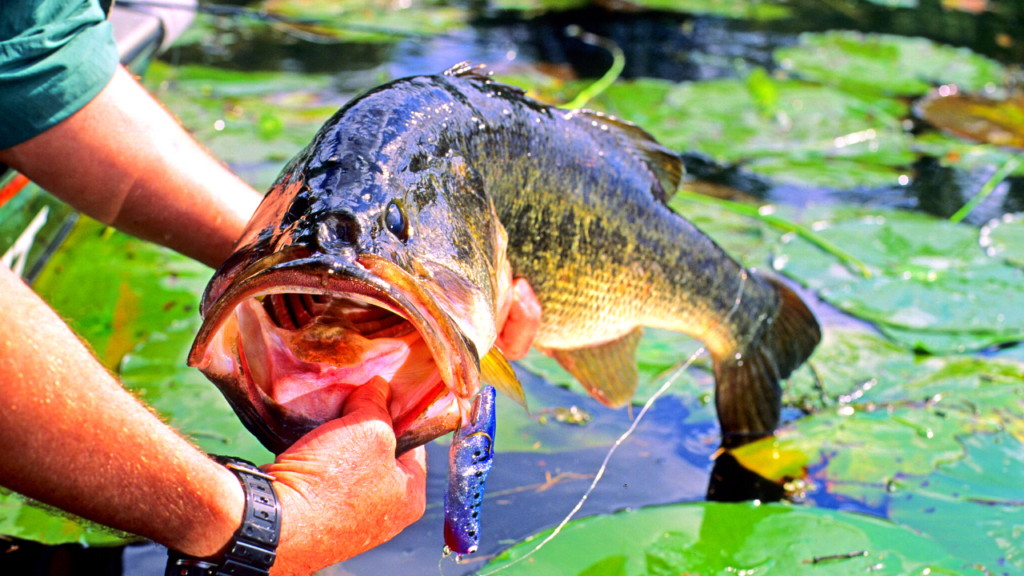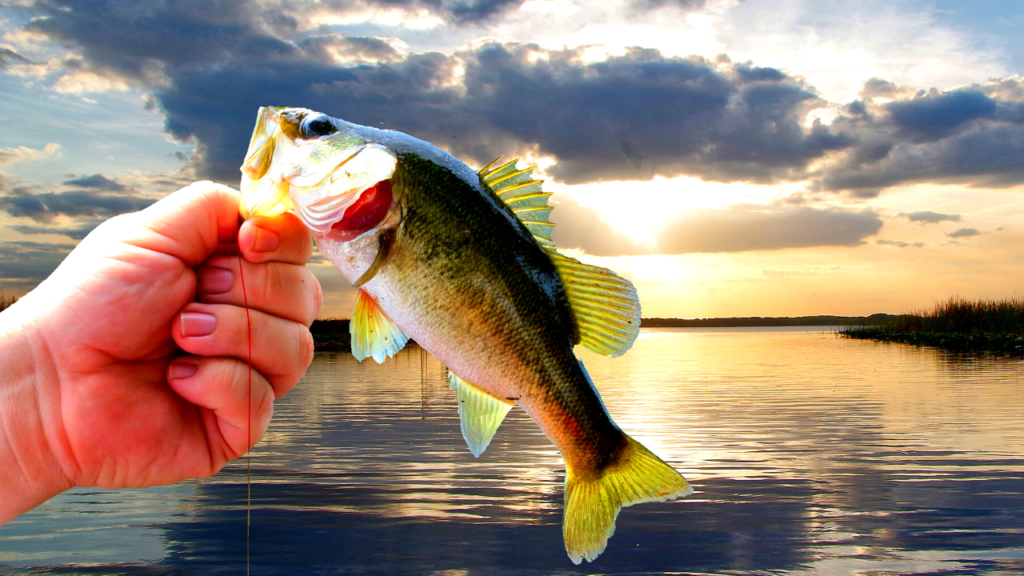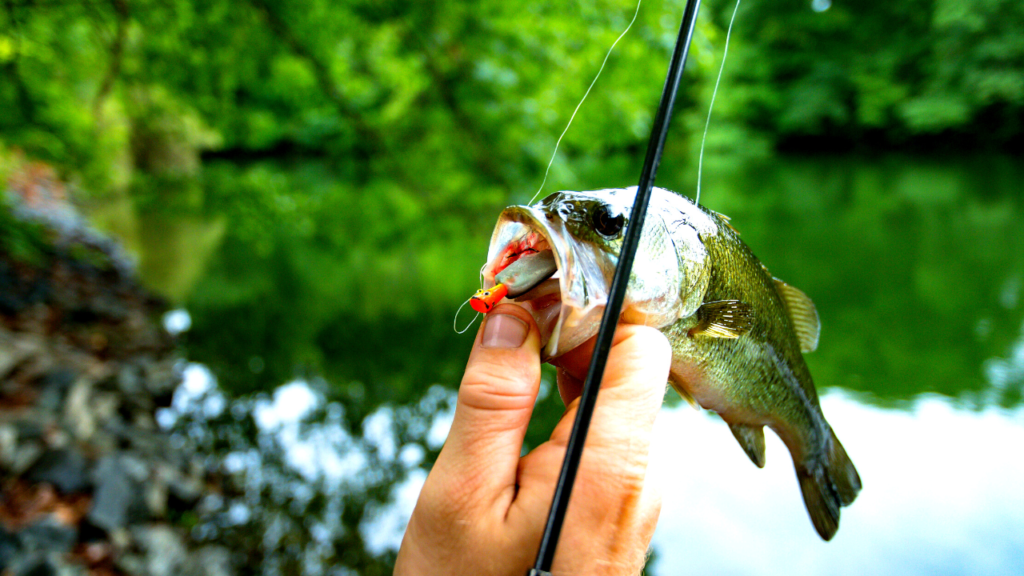If there’s one thing that bass fishermen can agree on, it’s that largemouth bass are a fish worthy of respect. These powerful predators can be found in many waterways across the United States, and anglers often travel far and wide to chase after them.
While largemouth bass are revered for their strength and fighting abilities, there are also plenty of myths and misconceptions about them.
Think you know everything about largemouth bass? You might be surprised by some of the myths out there about these popular fish. Here are seven of the most interesting ones.
Myths about Largemouth Bass
Myth #1
Bass bite better in moving waters.
When it comes to bass, the debate over whether flowing water or still water is better has been raging for years. Both sides have valid points, but ultimately it comes down to personal preference.
Flow can turn on the bite in tidal waters and hydropower reservoirs with the periodic current. But loads of bass are caught in lakes and ponds where they never see flowing water. Bass get active when the forage gets active.

The prime time to fish for bass is usually when their preferred food is most active, which is generally at dawn and dusk. However, there are times when bass will feed during the day, particularly in murky water or during a strong cold front.
Myth #2
Bass feeding depends on their vision.
True to some extent, but bass are also very adept at finding forage in murky water.
Under the dark surface of the water, bass are able to find their forage using the lateral line system. This system, which is located on the fish’s head, helps the bass to detect objects in front of them.
By detecting water movement and pressure, the bass are able to locate their food and consume it. This ability to find food in dark water makes the bass a skilled predator.
In addition to being able to locate their food, bass are also able to consume it quickly and efficiently. This allows them to maintain a healthy diet and avoid becoming prey themselves. As a result, the bass is a top predator in many aquatic ecosystems.
Myth #3
Bass can be found in pH ranges between 7 and 8.
This range is considered neutral, and it provides the best conditions for the growth and reproduction of bass. Bass can survive in slightly acidic or alkaline environments, but they are less likely to thrive in these conditions.

Bass prefer water that is neither too hot nor too cold, and they typically avoid areas with high levels of pollution.
Anglers can improve their chances of success when bass fishing by understanding the ideal conditions.
Myth #4
Bass don’t feed in cold waters.
Because bass are known to be voracious eaters, they are a popular choice for anglers.
But what happens when the temperature of the water drops and the bass stop feeding? Do they simply starve themselves until the weather improves?
Bass cannot digest their food as quickly in the cold, so they have to eat less often. They simply need to be pickier about what they eat. Bass also have a slower metabolism in the cold, so they don’t need to eat as much. Bass are able to conserve their energy in the cold water and use it when the water warms up and they can start feeding again.
Myth #5
Bass strike mostly red hooks.
The age-old debate over whether bass strike red lures rages on, with no clear winner in sight. On one side of the debate, some contend that bass have a natural preference for red lures.
After all, they argue, bass are predators, and their natural instinct is to pursue anything that resembles prey.
Furthermore, they claim that the red color stands out more in the water, making bass easier to spot and target. On the other hand, some argue that bass strike all colors of lures equally.

They argue that because bass haven’t been proven to have color vision, the color of the lure shouldn’t make a difference.
Moreover, they claim that many bass are caught using non-red lures. In the end, there is no clear solution, and both sides continue to make valid points. Anglers should experiment with different colors to see which ones work best for them.
Myth #6
Big baits catch big bass.
It’s a common misconception that big baits equal big bass, but this isn’t always true. Big baits can draw big fish, but they aren’t always necessary. In fact, big baits can sometimes scare away big fish.
The key is to select the appropriate bait for the conditions. If you’re looking for big bass in open water, a big bait might be your best bet.
However, if you’re fishing in dense cover, a smaller bait that can easily navigate through the weeds and branches may be preferable. Remember, no matter what size bait you use, big bass are always worth the effort.
Conclusion
If you’re looking to catch largemouth bass, it’s important to understand the truth about these fish. Bass are an incredibly fun and challenging species to target, but myths can often lead anglers astray.
By debunking some of the most common myths about largemouth bass, we hope to help you catch more fish this season.
Do you have any tips to share? Let us know in the comments below!


